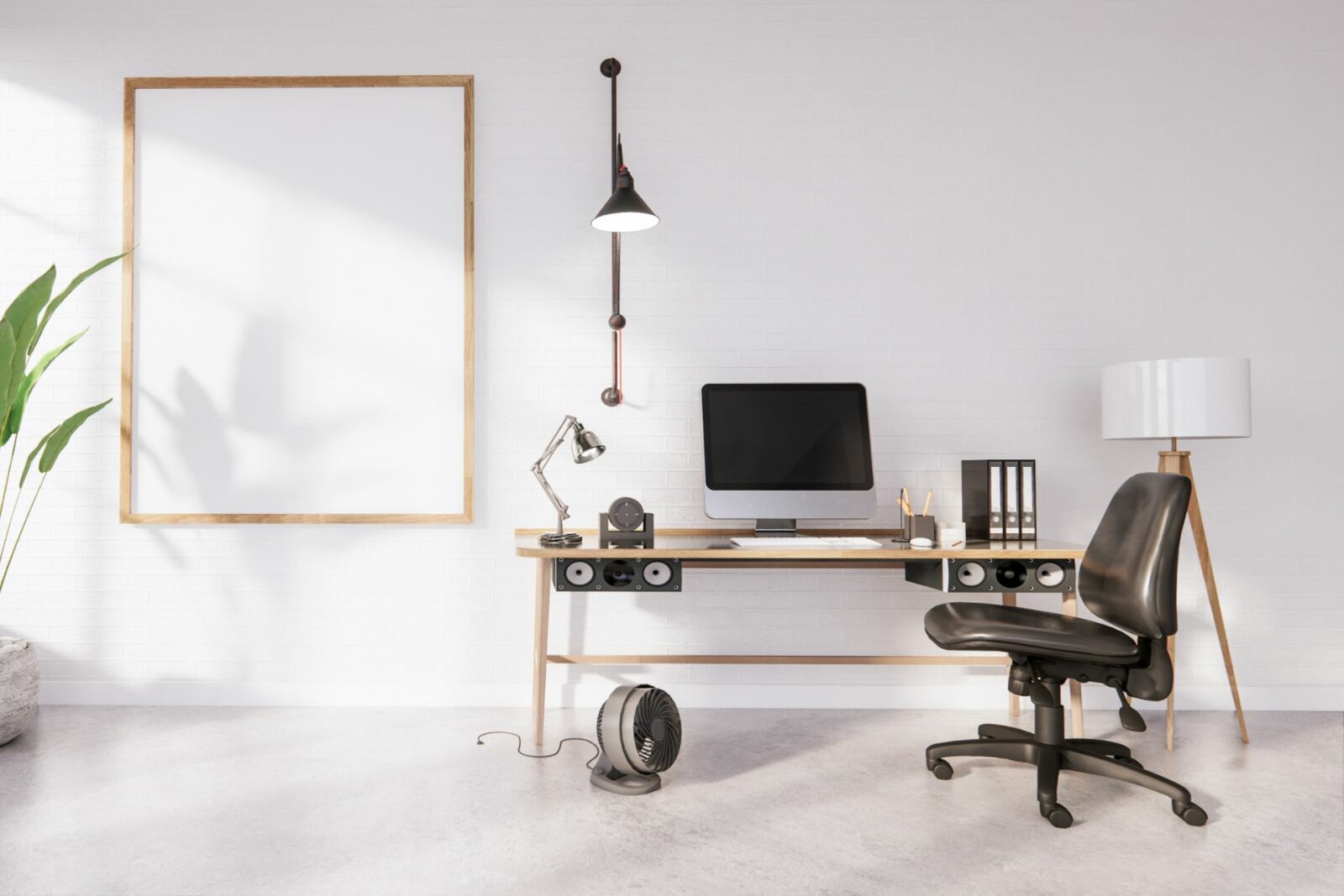Whether you’re upgrading an existing workspace or starting from scratch, a well-planned and executed office remodel can transform it into a functional and inspiring environment. In this detailed guide, we will take you through the step-by-step process of office remodeling, covering everything from initial planning and design to construction and final touches.
Assessing Your Needs and Goals
-
Evaluate Existing Space:
- Assess your current office layout, considering factors like functionality, flow, and utilization of space.
- Identify pain points and areas that require improvement, such as outdated design or inadequate storage.
-
Define Your Objectives:
- Determine your goals for the office remodel, such as enhancing collaboration, increasing productivity, or improving branding.
- Consider the specific needs of your employees and the nature of your business to tailor the design accordingly.
-
Establish a Realistic Budget:
- Set a budget that takes into account construction costs, materials, furnishings, and any additional expenses.
- Research average costs and consult with professionals to ensure your budget aligns with your remodeling goals.
Planning and Design
-
Space Planning and Layout:
- Create a functional layout that optimizes space utilization and supports the desired workflow.
- Consider individual workstations, meeting areas, communal spaces, and necessary amenities like kitchenettes or break rooms.
-
Design Concept and Style:
- Define the aesthetic direction and overall design concept for your office.
- Consider factors like branding, company culture, and the desired atmosphere (e.g., modern, minimalist, or vibrant).
-
Ergonomics and Workplace Wellness:
- Prioritize employee well-being by integrating ergonomic furniture, adjustable workstations, and proper lighting.
- Incorporate elements that promote natural light, indoor air quality, and acoustic comfort.
Construction and Execution
-
Hiring Professionals:
- Engage with architects, interior designers, and contractors experienced in office remodeling.
- Collaborate closely with professionals to translate your vision into a practical and aesthetically pleasing design.
-
Obtaining Permits and Approvals:
- Research local building codes and obtain necessary permits for your office remodel.
- Ensure compliance with regulations regarding electrical, plumbing, and structural changes.
-
Demolition and Infrastructure:
- Clear out the existing space and prepare it for remodeling.
- Update or repair electrical, plumbing, and HVAC systems as needed.
-
Interior Build-out:
- Construct walls, install flooring, and create designated areas for workstations, meeting rooms, and common spaces.
- Incorporate soundproofing measures to minimize noise disruptions.
-
Furnishings and Equipment:
- Select furniture, fixtures, and equipment that align with the design concept and functional requirements.
- Consider factors like employee comfort, storage solutions, and technology integration.
Final Touches and Completion
-
Lighting and Acoustics:
- Install appropriate lighting fixtures to enhance productivity and create a pleasant ambiance.
- Address acoustic issues through sound-absorbing materials or strategic placement of acoustic panels.
-
Branding and Signage:
- Integrate your company’s branding elements and signage throughout the office space.
- Use visual cues to reinforce your brand identity and create a cohesive environment.
-
Technology Integration:
- Incorporate necessary technology infrastructure, including data cabling, network connectivity, and audiovisual systems.
- Ensure seamless integration and accessibility for employees and clients.
-
Finishing Touches and Décor:
- Add finishing touches such as artwork, plants, and decorative elements to enhance the aesthetics and create a welcoming atmosphere.
- Pay attention to details like color schemes, textures, and branding elements.
Conclusion
An office remodel is a significant undertaking that requires careful planning, design, and execution. By following this comprehensive guide, you can navigate the process with confidence and create an office space that reflects your company’s culture and supports productivity. Remember to involve professionals, consider employee needs, and focus on creating a functional and inspiring workspace. Your newly remodeled office will not only enhance efficiency but also leave a lasting impression on clients and employees alike.
Related posts:
 Creating a Work-From-Home Oasis: Luxury Home Office Design Ideas
Creating a Work-From-Home Oasis: Luxury Home Office Design Ideas
 Streamlining Your Workspace with a 4 Drawer File Cabinet: A Comprehensive Guide
Streamlining Your Workspace with a 4 Drawer File Cabinet: A Comprehensive Guide
 Blending Work & Leisure: Home Office in the Living Room
Blending Work & Leisure: Home Office in the Living Room
 16 Small Bedroom Office Combo Ideas: Achieve That Home-Work Balance
16 Small Bedroom Office Combo Ideas: Achieve That Home-Work Balance
 20 Minimalist Small Home Office Ideas: Maximizing Space with Style
20 Minimalist Small Home Office Ideas: Maximizing Space with Style


